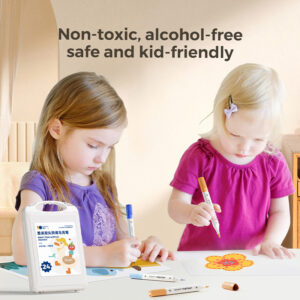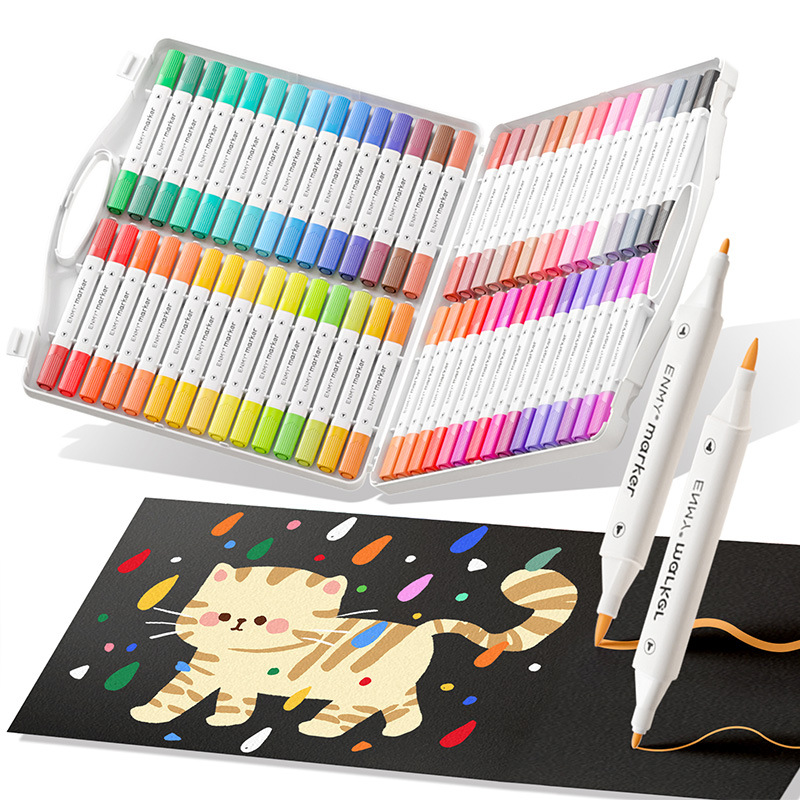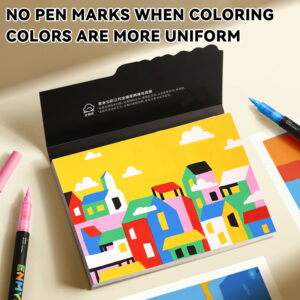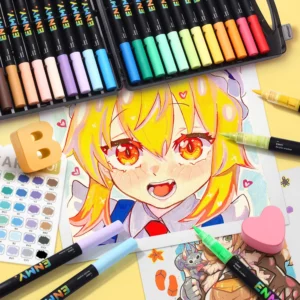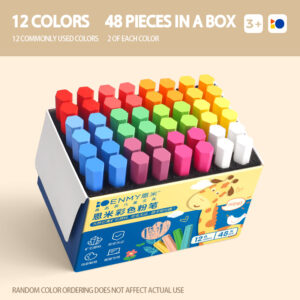Artistic creation is a magical journey for children, offering not only joy but also significant impacts on their physical and mental development. Encouraging children to engage in art projects brings numerous advantages, playing a unique and crucial role in aspects ranging from cognitive development to emotional expression, skill cultivation, and character building.
Artistic creation serves as an ideal platform for children to unleash their creativity and imagination. In activities like drawing and handicrafts, there are no fixed answers. Children can freely translate their whimsical ideas into visual forms, painting cars with wings, talking flowers, or casting themselves as heroes in fairy tales. This unrestrained process breaks the shackles of conventional thinking, prompting them to explore novel concepts and expressions, thus fostering innovative thinking. Through repeated practice, their imaginative faculties expand, laying a solid foundation for future problem – solving and creative exploration.
For young children with limited verbal communication skills, art becomes a vital medium for emotional expression. When happy, they might use bright, vivid colors to depict sunny, cheerful scenes; when sad, they convey inner feelings through their artwork. Painting allows children to externalize emotions that are hard to articulate, helping them release stress while enabling parents and teachers to better understand their inner worlds. Moreover, immersing in artistic creation provides a sense of calm and fulfillment, relieving anxiety and promoting positive mental health.
Artistic activities require children to closely observe the world around them, whether it’s the shape of a flower, the texture of a leaf, or human expressions. This focused attention helps them capture details accurately in their works. For example, when drawing still – life, they must observe the object’s form, color, and light – shadow changes. Such regular observation training significantly enhances their perceptual abilities. Additionally, the creative process demands sustained focus, effectively cultivating their concentration and patience, which are beneficial for academic and daily life.
In art, children encounter diverse styles, color palettes, and techniques, gradually developing an appreciation for beauty. They learn to discern harmonious colors and balanced compositions, refining their aesthetic judgment. Art is also intertwined with culture; as children study techniques and admire masterpieces, they gain insights into different cultural heritages. Exploring traditional Chinese ink wash paintings instills an understanding of Eastern aesthetics, while Western oil paintings introduce historical art movements. This enriches their cultural horizons, strengthens cultural identity, and broadens their overall literacy.
Activities like drawing and crafting involve precise hand movements, such as gripping a pen, coloring, cutting, and gluing. These seemingly simple tasks require dexterity, and regular practice helps strengthen hand muscles, improving fine motor control. Meanwhile, creating art demands coordination between visual input, cognitive processing, and manual execution, enhancing hand – eye coordination. These skills not only support artistic endeavors but also boost self – sufficiency and practical problem – solving abilities.
Completing an art piece, whether a simple doodle or a detailed drawing, gives children a sense of achievement. Positive feedback from adults reinforces their self – worth, enhancing confidence that extends to other areas of life, encouraging them to embrace new challenges. In group art projects, like class 黑板报 or collaborative crafts, children learn to cooperate, communicate, and leverage each other’s strengths. This experience hones their teamwork and social skills, preparing them for collaborative environments.
Enhancing children’s artistic creation is like opening a gateway to a vibrant world. Through art, children develop comprehensively in creativity, emotional intelligence, perception, and aesthetics, gaining joy and self – assurance. Parents and educators should actively support children’s artistic exploration, providing materials and freedom, allowing every child to thrive creatively and shine uniquely.
